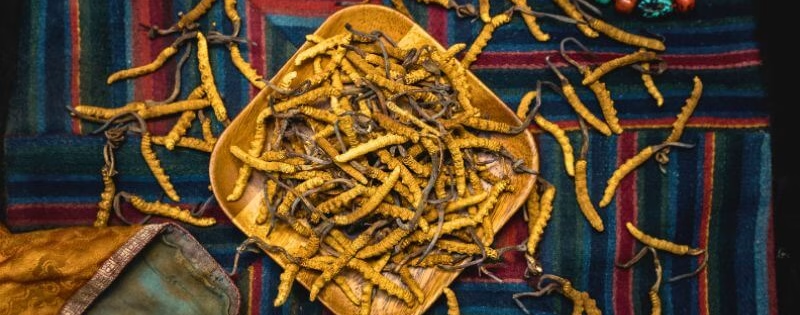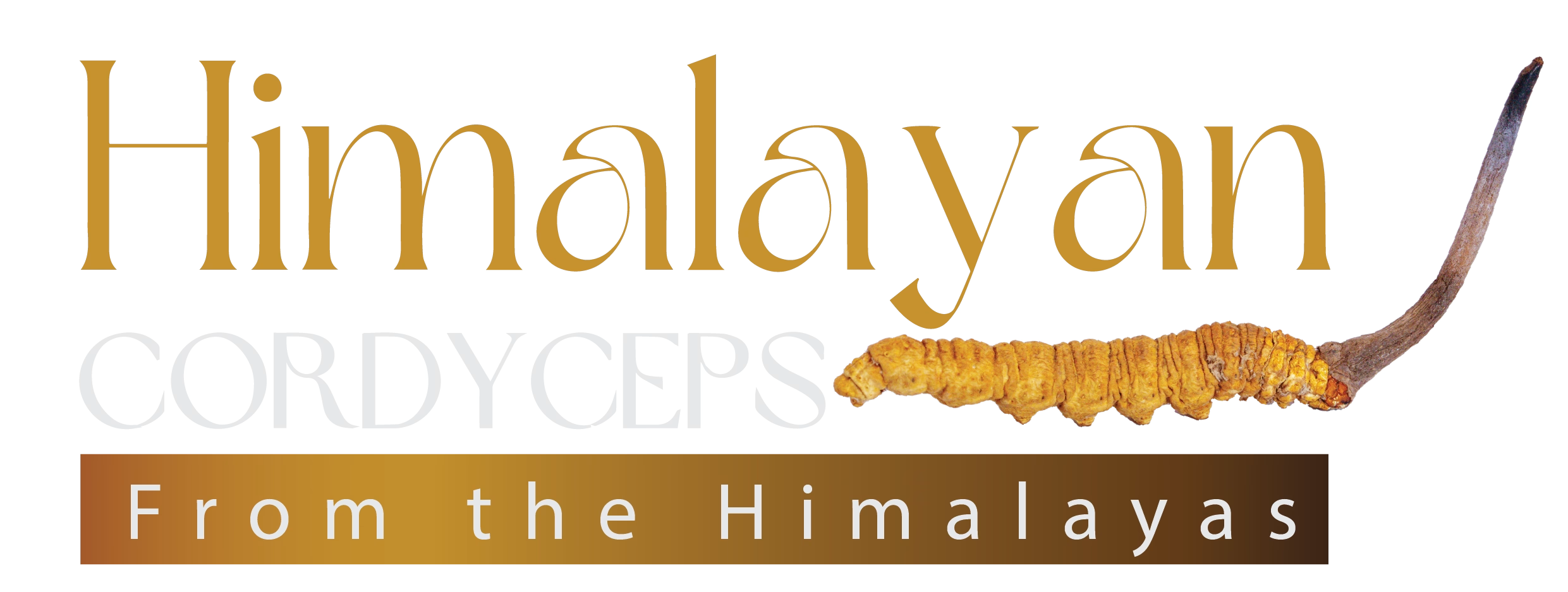Ophiocordyceps sinensis, commonly known as caterpillar fungus or Yarsagumba (Yarcha Gunbu), is a fascinating and highly prized entomophagous fungus, meaning it parasitizes insects, specifically the larvae of certain moths. This unique organism is endemic to the alpine meadows of the Tibetan Plateau and the Himalayas, thriving at elevations between 3,500 and 5,200 meters above sea level in countries such as Nepal, Bhutan, India, and China. It survives in extremely harsh conditions characterized by low temperatures, high solar radiation, and aridity. The life cycle of this fungus is extraordinary; it begins when the fungal spores infect a susceptible caterpillar larva, often the Himalayan bat moth (Hepialus armoricanus), navigating through weak body parts and penetrating the insect’s chitin-based integument. The fungus then manipulates the caterpillar’s behaviour before rapidly extending its mycelial networks and dispensing endotoxins into the larval blood vessels. Eventually, the fungus consumes the entire insect, leading to its mummification, and then a fruiting body emerges from the head of the dead caterpillar. This complex process results in what is commonly harvested: a mummified caterpillar with a fungal stalk. The name Cordyceps sinensis has been updated to Ophiocordyceps sinensis due to advances in molecular phylogeny and morphology.?This prized fungus plays a vital role in the economies of mountain communities, often serving as a major source of income, particularly for the most vulnerable households. The high market price, driven by its reputation as a traditional medicine and aphrodisiac, has led to a “gold rush” mentality in many harvesting regions. In some areas, the annual revenue from O. sinensis surpasses the entire district’s annual budget. This economic dependence, however, has also led to serious concerns about overharvesting and environmental degradation. Unsustainable harvesting practices are causing considerable damage to the fragile alpine ecosystems, including the destruction of grasslands and soil compaction. While for some, the collection and sale of caterpillar fungus is a part-time business, providing supplemental income, in other regions, entire livelihoods have become completely reliant on it, intensifying the problem of overexploitation. It is also important to note that the trade of O. sinensis is often informal, making it difficult to track, and there is a clear need for the development of a value chain to regulate its price.


